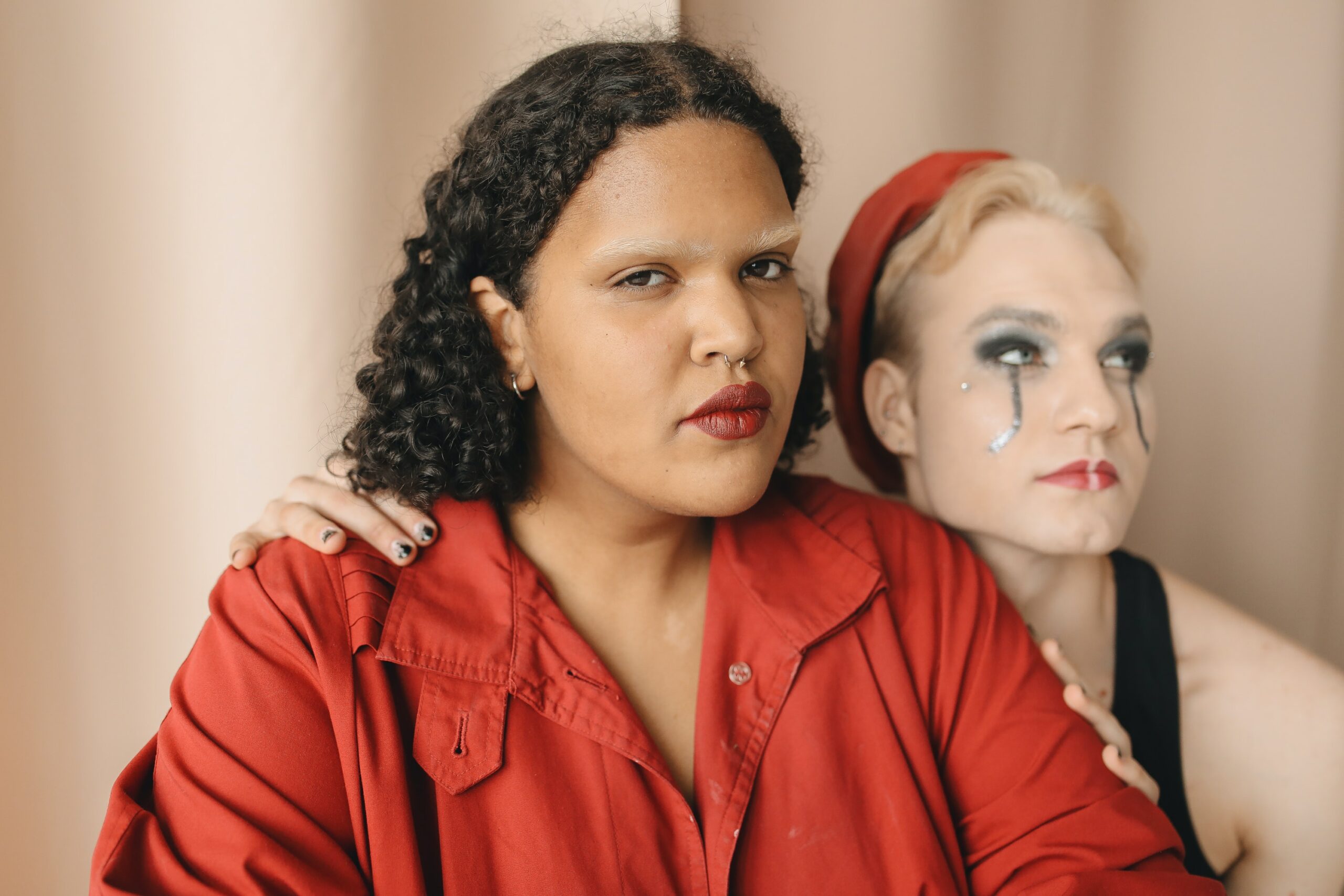Gender is a topic on many people’s minds today and a clear shift is happening in how newer generations are understanding and embracing gender diversity. As a culture, we have finally begun to challenge the binary of gender.
Despite the move towards a more nuanced and fluid concept of gender, we also all know there are plenty of people who strongly oppose a non-binary approach. Many of these people tend to also emphasize more traditional roles among genders as well, and express concern about how we’re talking to kids about gender.
As an LGBTQ+ affirming relationship and sex therapist, I’ve spent a good deal of time exploring my own understanding of gender and how it’s evolved from the way it was personally framed for me as a child.
My own upbringing around the concept of gender was similar to most in my generation and those prior. I’d learned that there was a fairly ironclad binary – boys and girls, men and women. When tested by my mom about what I might do if followed by a stranger, I defaulted to the typical stereotype that a man would be the stranger, and defaulted to my kindergarten naivete that I could just hide in the bathroom, a place where men would never be able to come.
When my kindergarten class was heading in a herd to the bathroom one day, I noticed a short-haired student in shorts ahead of me, someone who seemed to stand out from the more traditionally long-haired girls in skirts. I immediately read this person as a boy and, given my drive to “protect” my peers, loudly proclaimed that he shouldn’t be in the girls bathroom. When I was corrected that this peer was a girl, I still questioned it. My five-year-old brain had seen so little representation of different styles and gender expressions that it didn’t compute that this person didn’t look like the girls I knew.
When I think back to this experience now, I notice feelings of guilt and sorrow for the way that my incredulity likely impacted her. I wonder if she carried that memory and perhaps felt pressure to more closely conform with societal expectations of femininity. I feel sad that my scope of awareness was so limited, regardless of my young age.
Fast forward and I find myself watching TikTok videos regularly that demonstrate both the complexity of gender and ways that newer generations are being taught about it. In a video posted by @emmalinecs that went viral, two young siblings are talking about G Flip, a non-binary music artist. In the video, one sibling asks the other “what’s nonbinary?”. The definition provided by her brother was “It’s when someone feels like they’re a…they’re not a boy or a girl, or sometimes they feel like they’re a boy and a girl, so they’re both.”
I can’t help but wonder how different things would have been had I, myself, been given this framework as a child. I have to wonder how much more freedom would have come from recognizing gender not as a static or limiting identity, but as an expression of self. I’ve done the work to unlearn and challenge the binary I was taught, but how nice it would have been, both for me and for those I engaged with, to be raised to embrace the complexity.
My own journey to a more holistic and fluid conceptualization of gender has meant spending time with hard feelings, like the ones that get brought up when I think about being a kindergartener in the bathroom. While feeling guilt and shame is painful, I know that it’s only through looking back that I can really come to terms with some of the damage I’ve inadvertently done and to ensure that I help create a more inclusive therapy experience and world for all those who reject the gender stereotypes.

